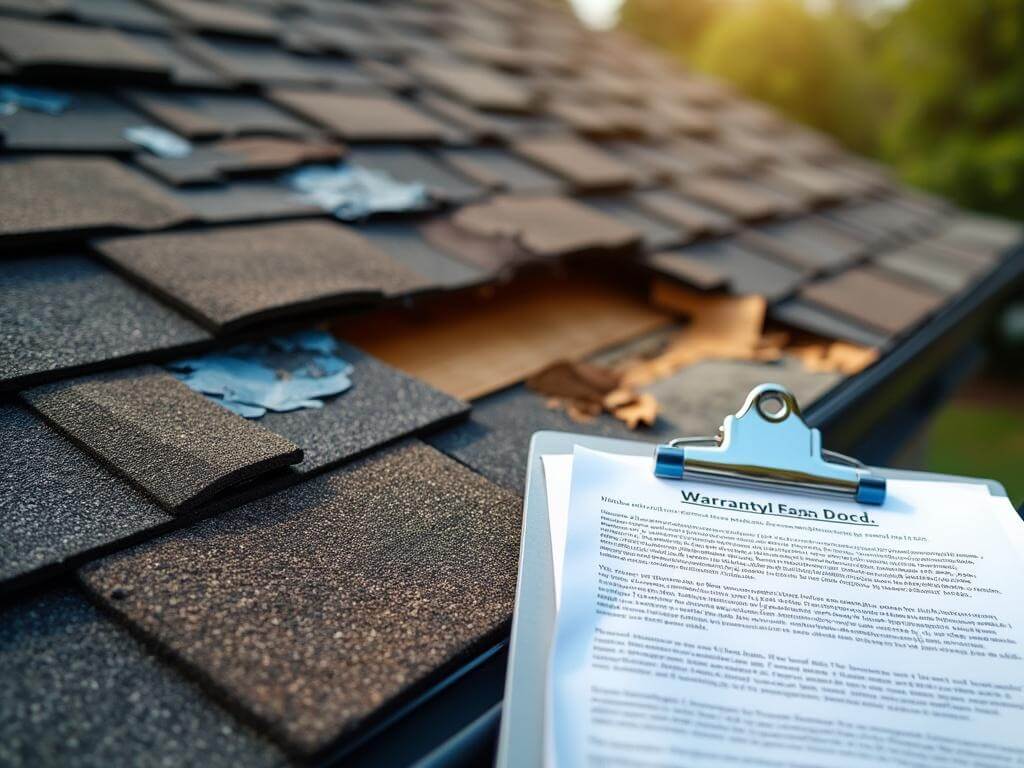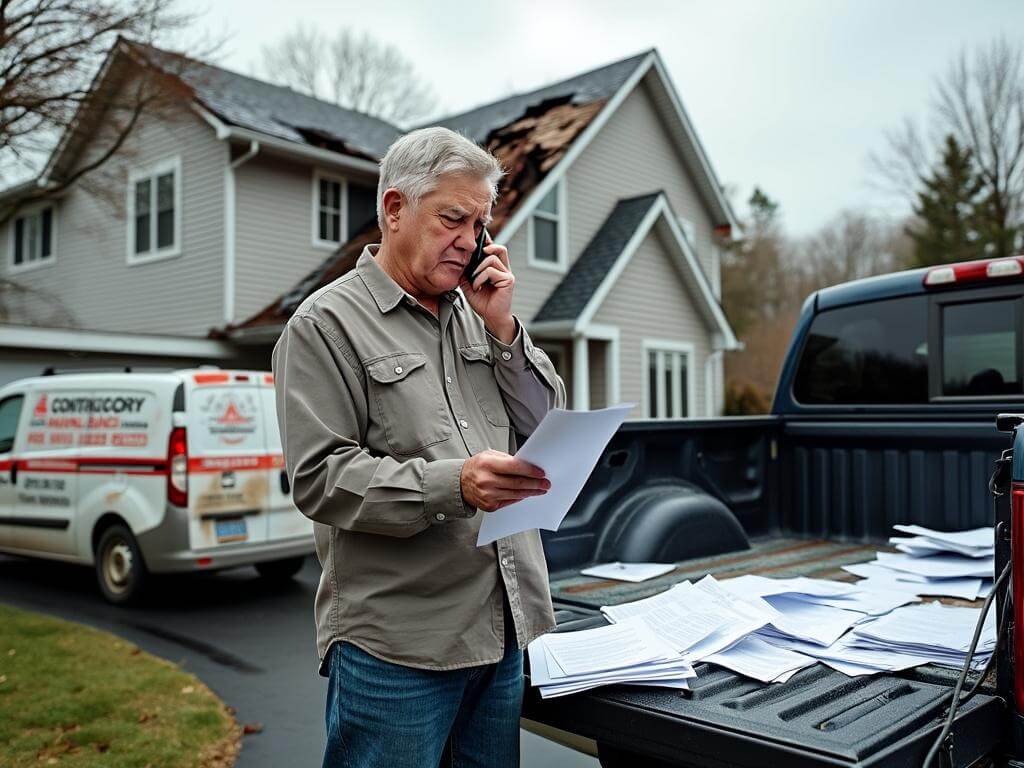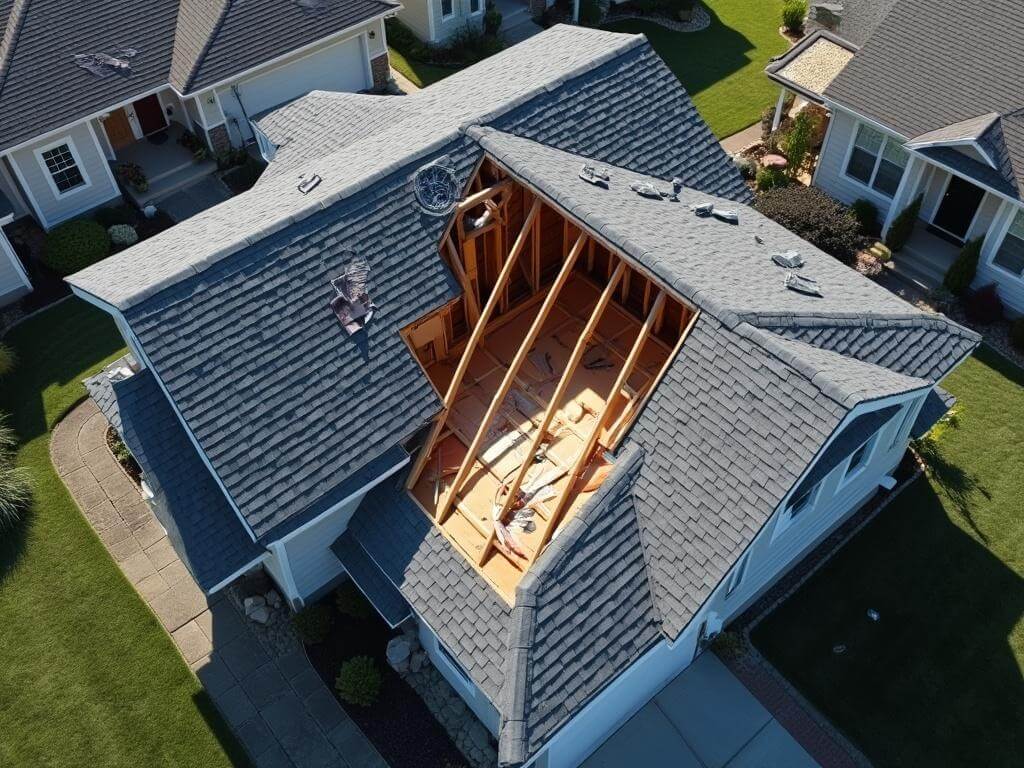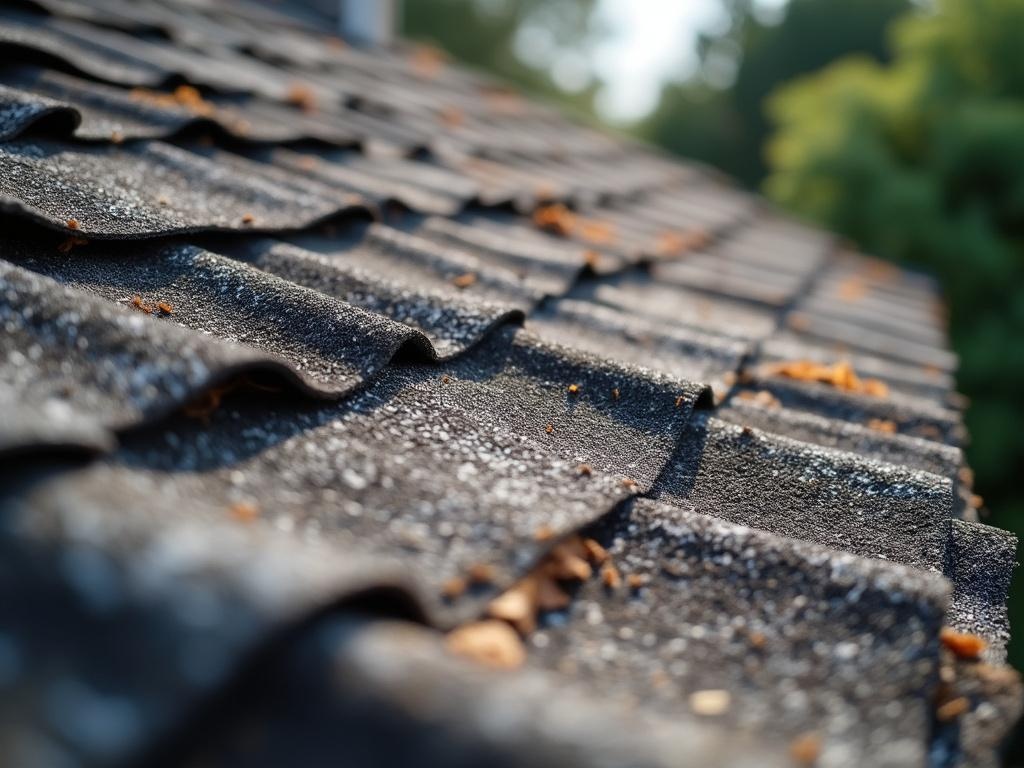August 11, 2025

Roof warranty insurance issues confuse more homeowners than most people would ever guess.
Let’s break this down.
If your roof springs a leak or starts shedding shingles like a dog in summer, you probably assume either the “lifetime warranty” or your homeowners insurance will kick in.
But here’s the kicker: Most people are wrong about what those policies actually cover.
I’ve dealt with dozens of these situations—on my own property and helping friends sort out last-minute claim denials—and the common denominator every time is this:
No one reads the fine print until it’s too late.
Let’s pull back the curtain.

If your shingles start curling or cracking way earlier than expected, you’re probably looking at a material defect.
That’s exactly what the manufacturer’s warranty is built for.
But if the roofer installed the underlayment backward, used the wrong nails, or forgot ice and water shield?
That’s on the contractor—not the manufacturer.
And most homeowners never realize this until the patchwork costs come out of pocket.
Good contractors include a workmanship warranty—usually lasting 2 to 10 years.
They’ll fix issues related to how the roof was installed (not what it was made of).
But here’s the catch: It’s only as good as the business behind it.
If they shut down or disappear? That “warranty” becomes a nice piece of paper for the recycling bin.
Some shingle manufacturers (like GAF or Owens Corning) offer extended warranty packages if you use one of their certified roofing contractors.
These often include coverage for materials and labor—even if there were installation issues.
But there are rules.
You must use specific contractors. Ventilation and decking must meet requirements. And yes, the warranty still has fine print that you absolutely need to read.
Key takeaway:

A homeowner once asked me: “If my roof is under warranty, why did my insurance deny the claim after a hailstorm?”
Simple.
The shingle warranty doesn’t cover hail or any weather-related damage.
At the same time, your insurance won’t pay if your shingles failed due to defective glue or improper ventilation—not considered an “incident,” but rather a “construction issue.”
Summary: You can have a valid warranty and still be denied an insurance claim—and vice versa.
Here’s where things go off the rails for most homeowners.
There are dozens of easy ways to void your warranty without even realizing you did anything wrong.
Seen it happen too many times.
Here are the big seven:
Personal anecdote here:
A buddy of mine, Mike, hired a guy off Craigslist to re-roof his porch, thinking it’d save a few grand. Eight months later, he had leaks.
He called the shingle manufacturer. Manufacturer blames install.
He called his insurer. They sent an adjuster who said, “Well, this was installed over rotted sheathing, and there’s no underlayment,” so claim denied.
Mike ended up redoing the whole thing—twice the cost he originally tried to save.
Don’t be that guy.
Always read warranty terms, go certified, and document everything.
This is important:
When you file a roof damage claim, the adjuster’s job is to figure out:
They’ll look at your roof closely. Sometimes with a drone. Sometimes going back through permits, photos, or prior claims.
If they find signs the roof wasn’t up to par—voided warranty, non-compliant features, or excessive age? That claim file closes fast.
Summary: Just because you have a warranty or insurance doesn’t mean you’re covered. You need both, and both need to be valid.
This one gets everyone.
The word “lifetime” sounds bulletproof. Like your roof will last forever.
But here’s the truth:
“Lifetime” usually means “for as long as you own your home.” And usually—after 10–15 years—the warranty gets prorated.
That means if your shingles fail 22 years into their “lifetime,” you might get a couple hundred bucks toward a $10,000 re-roof.
The devil is in the fine print.
Most “lifetime” warranties only cover the shingles—not the labor to remove old ones or install new ones.
A few more surprises:
GAF’s Golden Pledge Warranty is the gold standard. 50 years of non-prorated coverage for manufacturer defects. 25 years labor. Includes tear-off. Sounds amazing, right?
But even that excludes:
You need top-tier installation, perfect paperwork, and maintenance documentation to activate full benefits.
Bottom line:
If you assume “lifetime” means full coverage forever, you’re setting yourself up for disappointment.
Quick story:
Client of mine sold her home three months after the roof was replaced.
At closing, buyer asked if warranty would carry over.
She assumed yes.
Turns out her contractor never registered the warranty properly with the manufacturer.
Guess who got stuck replacing two valleys after defects showed up and coverage was denied?
Yep, the new homeowner—with no warranty support, no legal recourse, and a sour first year in the “dream home.”
Key takeaway: Document everything. Register your product. Know your terms before relying on that “lifetime” label.
Let’s keep going—because the age of your roof might be costing you hundreds (or thousands) more in premiums, and most folks don’t even know it.

Let me tell you something most homeowners find out too late:
Age isn’t just a number. At least not for your roof.
If your roof is creeping past 15 years, it has officially entered the “red flag” zone for many insurance carriers.
Once it crosses the 20-year mark?
I’ve seen policies where the only reason for denial wasn’t damage, location, or even claims history—it was an 18-year-old asphalt roof with granule loss.

Want better rates and deeper coverage?
Replace roofs nearing that 20-year mark, especially if:
Key point: Insurance isn’t just looking at what you have—it’s trying to predict how likely it is you’ll file a costly claim in the near future.
I had a client with a 19-year-old roof on a Spanish colonial house.
The insurer recommended ACV-only coverage—not good.
Instead of shelling out $11k for immediate replacement, he opted to reinforce key ridgelines, added a covered pergola over his patio (to reduce UV wear on rear shingles), and documented every repair.

We sent updated photos, receipts, and an inspection report.
Insurance held the replacement-cost policy and even gave him a $600/year credit.
Moral of the story? Insurance wants to minimize risk. Help them.
Don’t give them reasons to say “no.”
Okay, real estate buyers—this one’s for you.
If you’re in the process of buying a home with a beautifully advertised “newer roof,” ask for:
Here’s why it matters:
A roof installed five years ago over rotted decking or without a permit? That baby’s already waiting to fail.
Even worse?
If the seller didn’t transfer the warranty—and let’s say you discover a leak in year six—you may have no coverage.
I had a couple buy a home last year thinking they were set with a “7-year-old roof.”
Turns out the install was rushed, and no nails were properly fastened at the drip edge.
Warranty? Voided.
Insurance? Called it pre-existing workmanship failure.
Guess who covered the $5,700 repair? Yep. The new owner.
Buying Tip: Get a certified roof inspection before closing. Not from the seller’s buddy. A third-party, credentialed local roofer.
Want the holy grail when disaster strikes?
Documentation.
Insurers are ramping up their scrutiny. If you file a claim for roof damage without backup, expect delays—or outright denials.
Build a simple claim-proof folder with the following:
Bonus: Walk around after every major storm and snap 10–20 photos.
Doesn’t need to be fancy. Your smartphone is fine.
If something happens six months later, you’ll have irrefutable evidence of condition before damage occurred.
You don’t want to be caught saying, “Well, it looked fine last spring.” Show them.
Here’s what I want you to walk away with:
Roof warranties and insurance are not interchangeable safety nets.
They’re targeted tools—and they both demand vigilance from you.
Fact: A “lifetime” warranty doesn’t rescue you from insurance exclusions.
Fact: A shiny new policy won’t cover you if a $15 vent pipe leaks due to bad install.
Fact: No one—not contractors, not insurers, not inspectors—will care more about protecting your home than you do.
So don’t assume.
Instead:
Final thought:
When your roof finally needs replacing, don't view it as just another home expense.
It’s a chance to level up your warranty, your insurance options, your resale value—and most of all—your peace of mind.
Whether you’re defending against hurricanes or harsh winters, you want more than coverage.
You want confidence.
And that starts with truly understanding your roof warranty insurance.